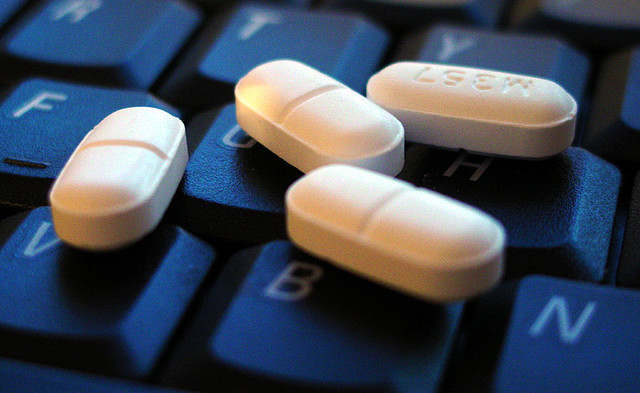This post has already been read 15715 times!
Note: This is part of an ongoing series on the top ten trends affecting the pharmaceutical supply chain. You can read my first post with the first two trends here.
Number 3: Optimized Execution in Operations, Logistics, and Distributions
Pharmaceuticals manufacturers now realize that integrating upwards of 100 contract manufacturers in different regions into their core ERP would take several years. Cloud based network offerings can provide instant connectivity and the ability to maintain a complex and scalable network, regardless of the number of interfaces involved.
Given all the complexities related to regulation, compliance, contract entities, and the global nature of supply chains, pharmaceutical logistics and distribution becomes a critical differentiator, especially so given the multiple changes taking place in the industry.
These capabilities can also work to reduce inventory by providing data on inventory from downstream supply chain partners, which can be leveraged to model demand and regulate drug supply. This can result in supply chain efficiencies across the entire supply network.
Number 4: Counterfeiting
Producers of both innovative products and generics are being confronted with a growing number of counterfeits which are deliberately and fraudulently mislabeled with respect to identity and/or source. WHO estimates that 10 per cent of the medicines in circulation are counterfeit, with the majority of cases reported from developing nations. Western markets are not immune, with the number of reported cases having grown steadily over the past decade
WHO estimates that 10 per cent of the medicines in circulation are counterfeit, with the majority of cases reported from developing nations.
Counterfeiting is one of the reasons why supply chain capabilities like visibility and control, track and trace, e-pedigree, and chain of custody will be critical solution components moving forward. In particular, capabilities like serialization coupled with track & trace initiatives facilitate regulatory compliance and can also prevent costly product recalls as well as limit the risk of revenue loss through product diversion and counterfeiting.
In future posts we’ll work through the remaining trends, but if you can’t wait I suggest you download the new whitepaper, The Top Ten Trends Transforming the Pharmaceutical Supply Chain.
- Map of U.S. Trucking Spills in 2016 - January 13, 2017
- What is aPaaS? A Way to Supercharge Your App Development - December 12, 2016
- Future of Transportation: Goodyear’s Radical Smart Tire Concept - November 3, 2016
